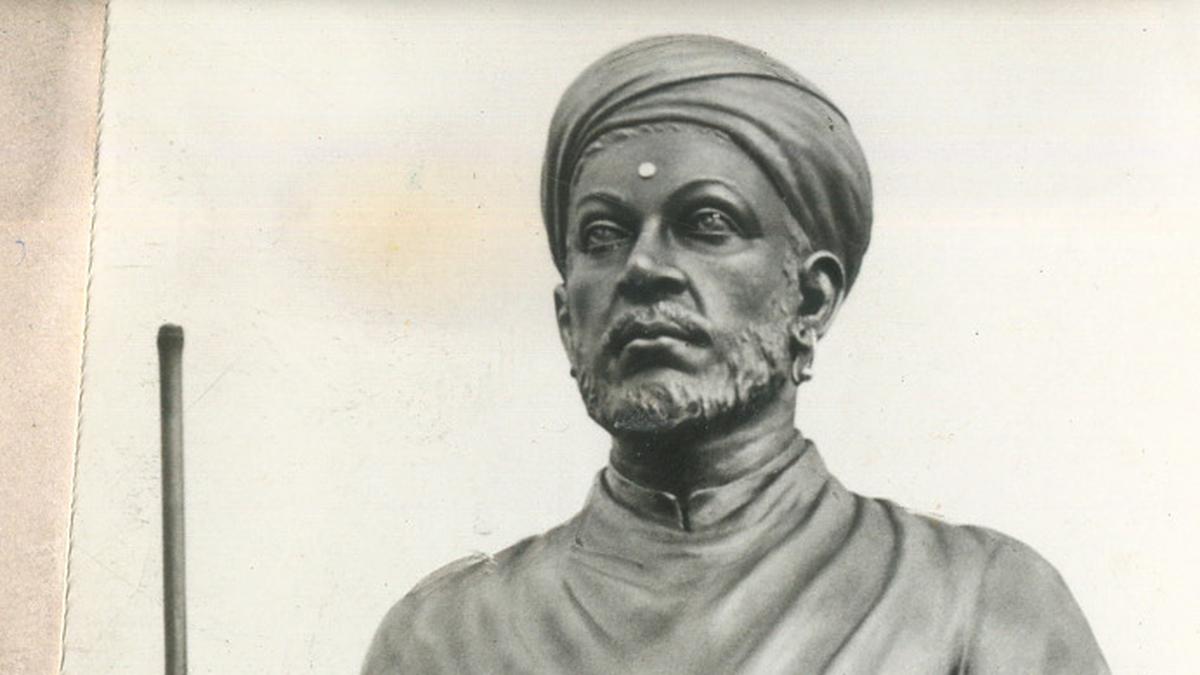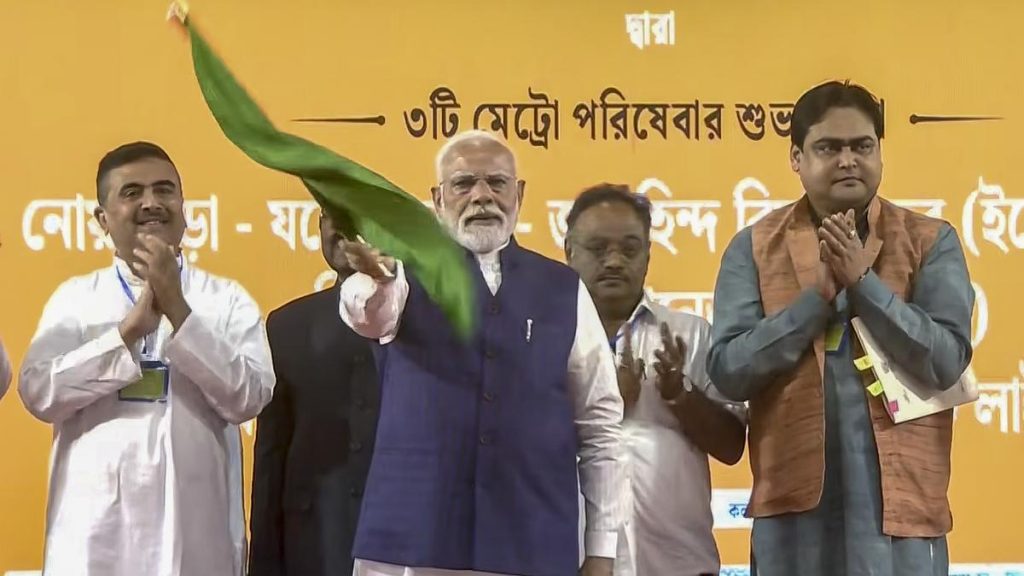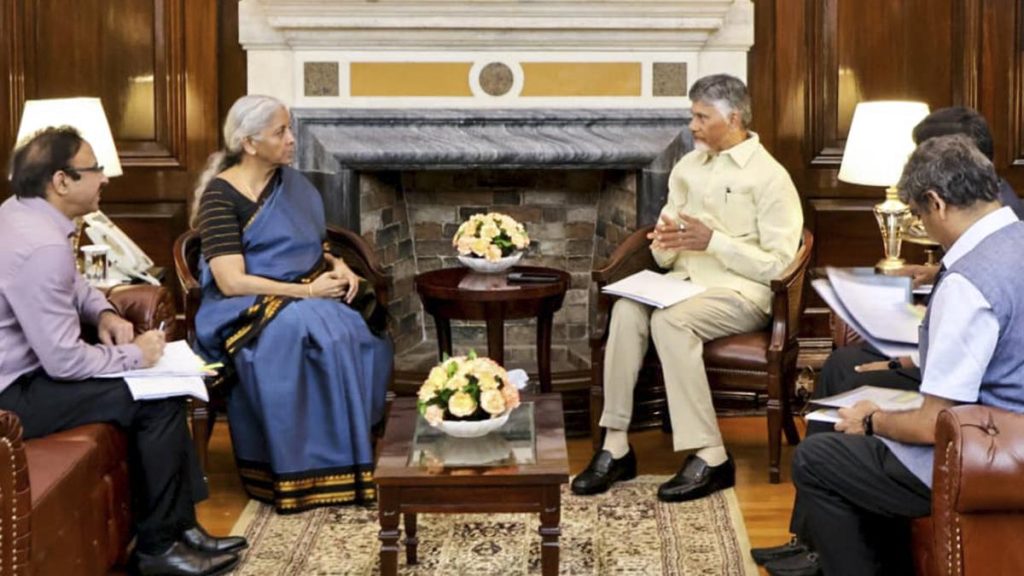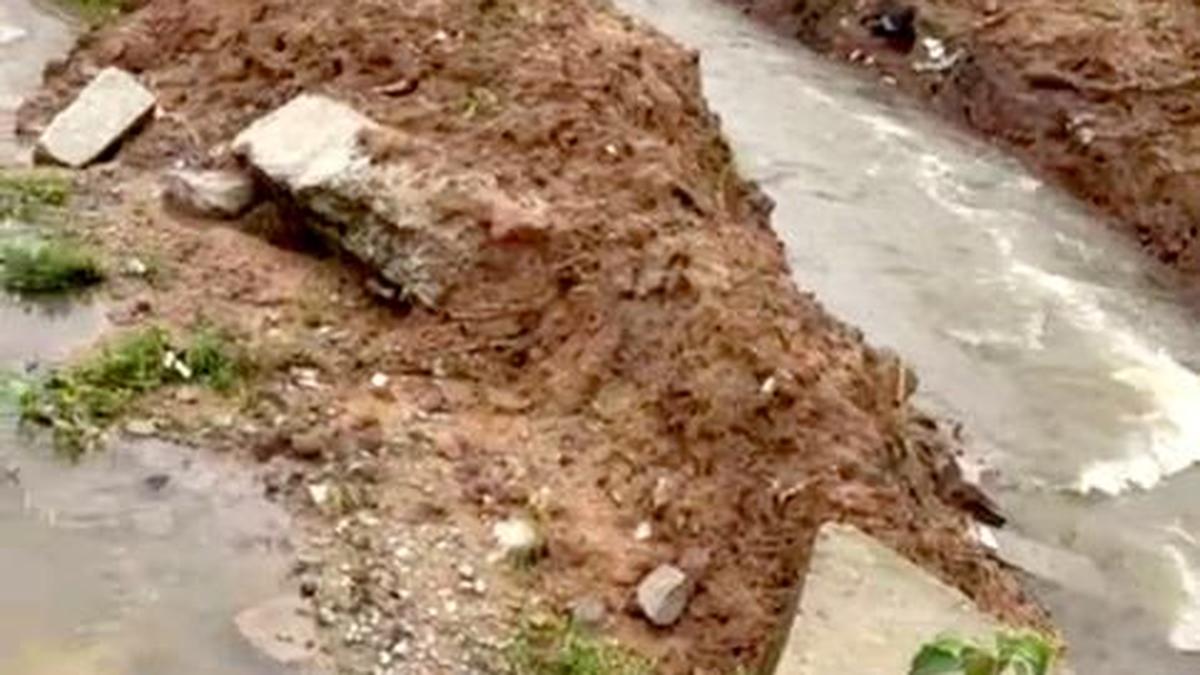Now Reading: Chennai’s Enduring Italian Ties: Beyond Pizza and Pasta
-
01
Chennai’s Enduring Italian Ties: Beyond Pizza and Pasta
Chennai’s Enduring Italian Ties: Beyond Pizza and Pasta

Quick summary:
- India and Italy have long-standing historical connections, driven by trade, religion, and education.
- Italian Jesuit missionaries like Roberto De Nobili (16th/17th Century) and Constanzo Beschi (Veeramamunivar) contributed substantially to Tamil literature and cultural ties. A statue of Veeramamunivar stands on Marina beach in Chennai.
- In the 17th Century, Catholic Church factions in Madras were divided between Portuguese San Thome and Fort St. George’s Capuchin Church. Rome later decreed the Cooum river as the diocesan boundary. After Independence, these regions formed Madras-Mylapore Diocese with San Thome cathedral.
- Niccolao Manucci chronicled Mughal history while living in Madras but also practiced as a quack doctor near present-day central Station.
- In 1869-1874, Signor De Vecchi tried to advance sericulture using Japanese cocoons stored at Ice House but left after failing despite government support.
- Maria Montessori stayed in India from 1939-1946 due to WWII restrictions; her educational system had lasting influence in Chennai through followers like Rukmini Devi Arundale at Besant School.
- Today, major Italian firms operate quietly in Chennai-Bonfiglioli transmissions (engineering) and Dedalus (healthcare technology).
Images:
- Statue of Tamil scholar Veeramamunivar alias Constanzo Beschi at Marina Beach (The Hindu Archives).
- Portrait of Maria Montessori during her stay (The Hindu Archives).
Indian Opinion Analysis:
India’s relationship with Italy has been enriched historically by contributions spanning cultural understanding and innovation-from early missionary work influencing tamil language development to advancements attempted in sectors like silk production. Figures such as Roberto De Nobili introduced intercultural dialogue while Maria Montessori revolutionized Indian education during her extended stay.
For Chennai specifically, Italian influences are visible not just historically but economically through low-profile yet impactful businesses that encourage industrial synergies between nations today.
What emerges is a narrative of shared learning: exchange between two countries shaped more by quiet collaboration than grand gestures-a reminder for modern policymakers that enduring impact often arises from focused expertise rather than merely fleeting attention.
Read More: Link Source

























